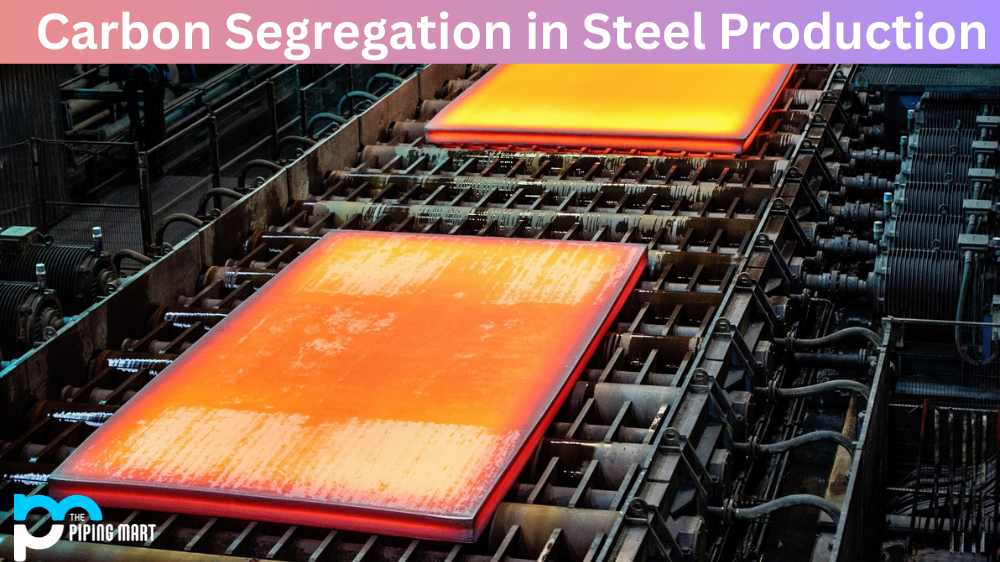Steel plates are essential in various applications, from military defense to industrial safety. One of the crucial characteristics of steel plates is their ability to withstand ballistic penetration. In this blog post, we’ll look at what ballistic penetration is and how it affects different steel plates.
What is Ballistic Penetration?
Ballistic penetration refers to the ability of a projectile, such as a bullet or a shell fragment, to penetrate through a material such as steel. This penetration usually occurs when a projectile strikes a material at high velocity and with enough force to deform or break it apart. The energy applied by the projectile causes the material to bend and eventually fracture, resulting in complete penetration. Different levels of ballistic penetration can occur depending on the type of steel plate used and its thickness.
Steel Plate Types for Ballistic Penetration Tests
The two main steel plates used in ballistic penetration tests are homogeneous and composite armor. Homogeneous steel plates consist entirely of one type of metal alloy, while composite armor plates combine multiple layers made from different alloys into one plate. Both types are tested for resistance against weapons and projectiles, including bullets, shells, and rockets.
Testing Results & Interpretation
The results from these tests vary depending on the type and thickness of the plate being tested and the type and velocity of the projectile being fired at it. Generally speaking, homogeneous steel plates fare better against lower-velocity rounds, while composite armor plates provide more protection against high-velocity rounds such as rifle fire or artillery shells. However, neither type offers complete protection against every form of ballistic impact; some rounds may still be able to penetrate either kind of plate if they strike with sufficient force or velocity.
Conclusion:
Understanding how different forms of projectiles interact with various kinds of steel plates helps us determine which materials are best suited for specific applications involving ballistic protection. By testing different types and thicknesses under varying conditions, we can understand how each material behaves under assault from high-velocity projectiles. Ultimately, this information can help us make informed decisions about which materials will best protect our troops on the battlefield or workers in hazardous environments where ballistic threats may exist. With this knowledge, we can confidently choose materials that offer reliable protection without compromising safety or durability.

Meet Bhavesh, a seasoned blogger with a wealth of knowledge and experience. From metal products manufacturing to retail, Bhavesh has a diverse background in various industries and is dedicated to sharing his insights and expertise with readers.




